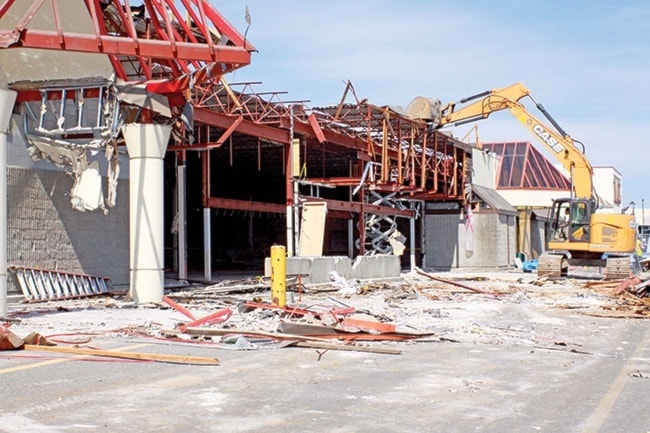As recently as the end of the Second World War, about 85 per cent of the food consumed on Vancouver Island was produced here.
Today the most common estimates say we produce about three per cent.
Food security is a trendy topic in many contexts around the world, including discussions about poverty to global trade issues. On Vancouver Island it most often comes up in relation to the familiar context of 'the Big One,' the megathrust earthquake that experts say is not a question of "if" it will happen, but "when."
How long would our food supplies last?
"We figure a couple weeks — that's right down to the last bottle of organic mayonnaise," said Save-On-Foods Parksville assistant manager Brent Lebsack of a theoretical situation in which no more food was coming in, but everything else stayed the same.
"But if you're in a panic scenario you'd probably lose it in a few days because people are going to panic buy," he said, comparing it to "Russia in the old days when they just bought everything on the shelf because you never know when you're going to get it again."
"The perishables would get hammered," said Lebsack. "We'd run out of meat right away and the produce would go pretty quick, but there's a lot of stuff that's pretty obscure, that people would have to buy," with some things lasting a week or two.
He said he got some insight into the possibility when the Parksville store moved next door to their new location a year ago.
"We ran the old store into the ground and there was still a lot of stuff in there without bringing anything in for about a week," he said, adding that they "moved a lot of product out of the old store into the new," but there was lots left over.
"It does take a while. There's a lot of stuff here," he said, admitting the other factors that would come with any emergency are "kind of intangible."
One solution to the often-quoted, three-day supply that experts estimate is on Vancouver Island at any given time, is to increase the amount grown here, though there doesn't appear to be an easy way to do that.
While there was talk of support for agriculture and buy local efforts (locobc.com) in the recent B.C. budget, local farmers say there's a long way to go.
"The Ministry (of Agriculture) hasn't figured out small scale — agricultural policy tends to be large scale, about commodities for export," said Seann Dory.
Dory, a member of the Young Agrarians (youngagrarians.org), recently moved to the area from urban farming in Vancouver to start the Salt and Harrow organic farm in French Creek.
Like all of the local farmers who spoke to The NEWS for this story, he is optimistic that there is a growing interest in local food that is part of a self-propelling circle that will see more food produced locally.
In other words, more people wanting to buy local food means more people will be able to make a living growing food locally, which will make it easier and cheaper to buy it.
He points to the success of and support for things like farmer's markets, local food items on restaurant menus and community supported agriculture (CSA) programs like weekly boxes of produce, are key in this trend.
Watch The NEWS for more on local agriculture and food security issues.
